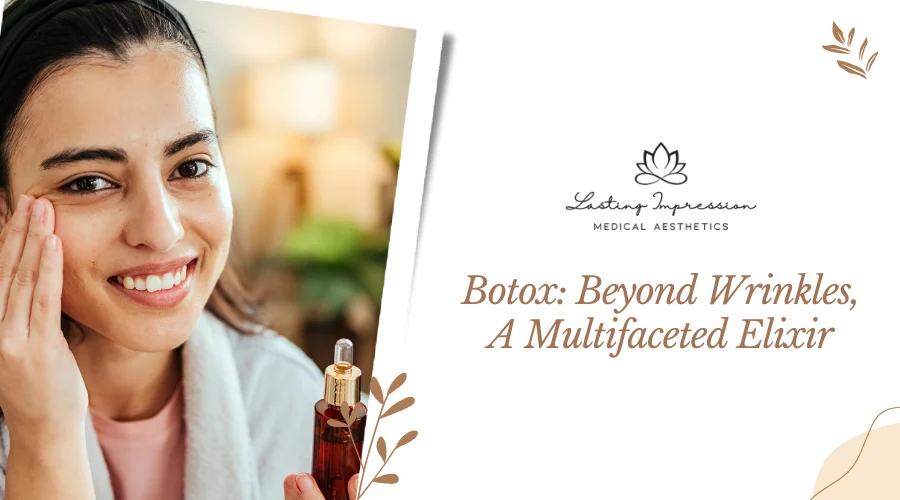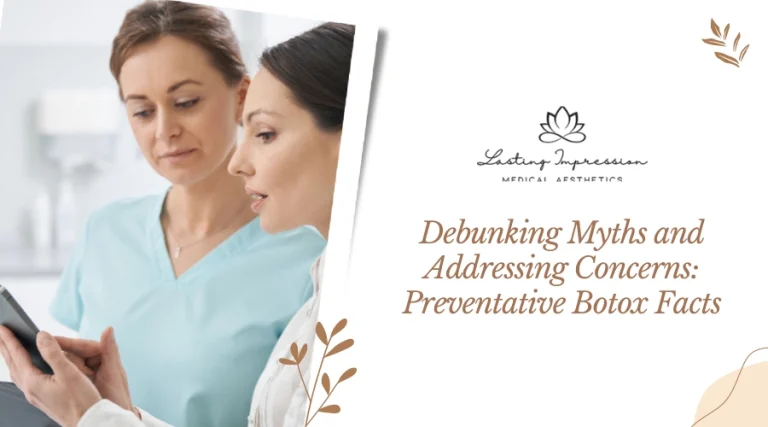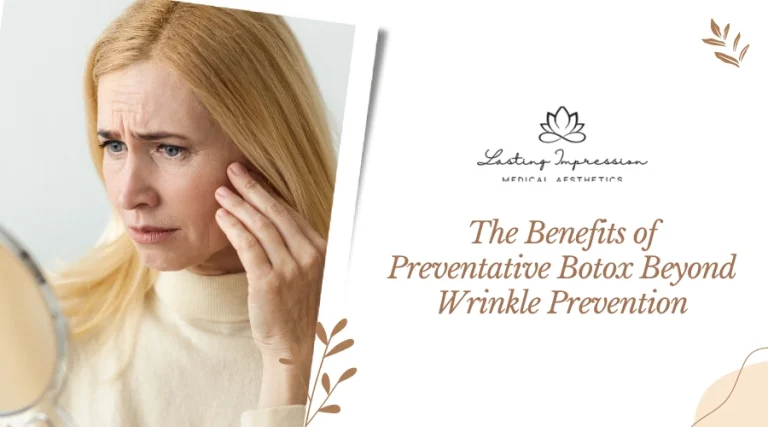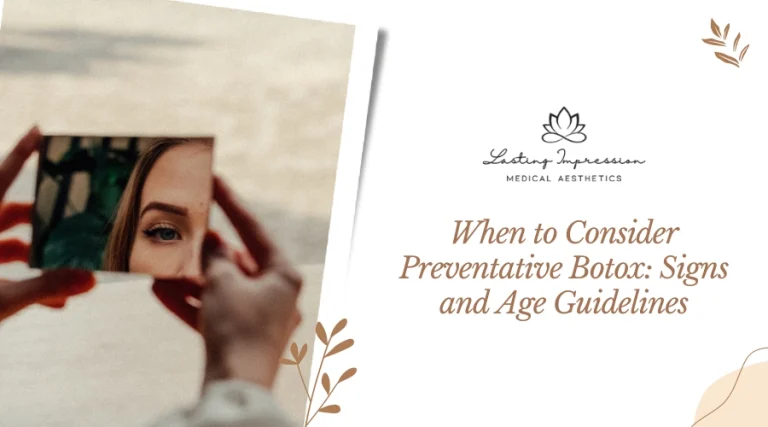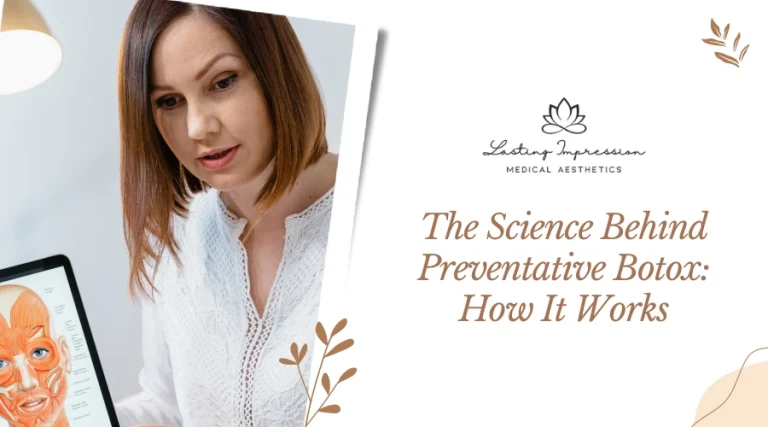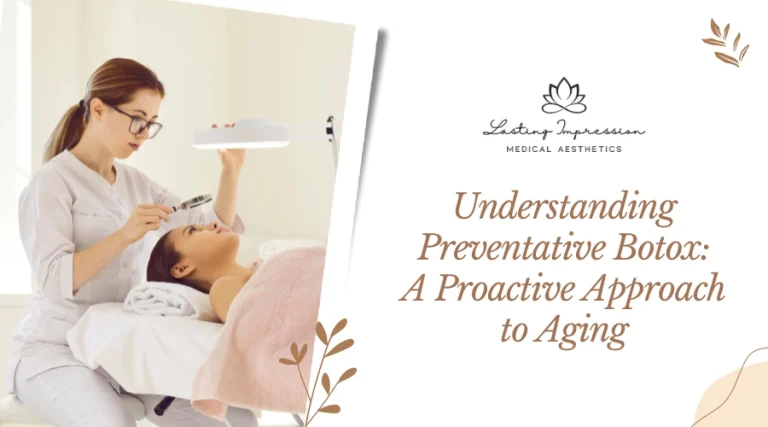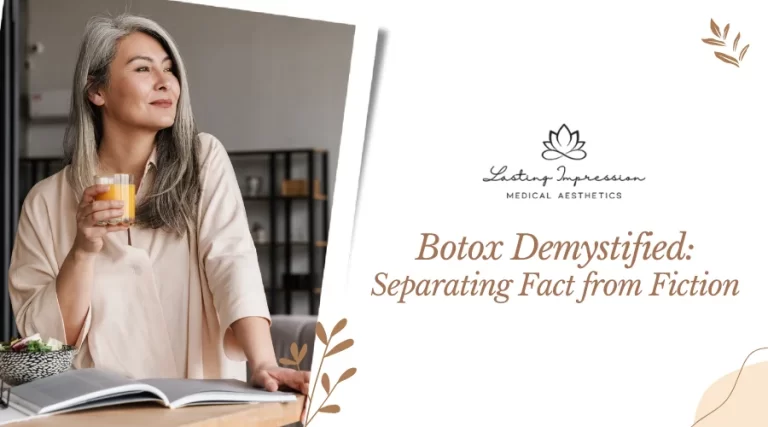Cosmetic Marvel: Wrinkle Reduction
Botox’s claim to fame often begins with its prowess in the cosmetic sphere. It’s hailed as a revolutionary tool in the battle against facial wrinkles. By temporarily relaxing specific muscles, it smoothes fine lines and wrinkles around the forehead, between the eyebrows, and near the eyes, delivering a rejuvenated and youthful appearance.
Medical Marvel: Treating Chronic Conditions
However, Botox’s journey transcends mere aesthetics, venturing into the domain of medical treatments with resounding success.
- Migraines: For individuals plagued by chronic migraines, Botox injections have emerged as a beacon of hope. By targeting specific head and neck muscles, Botox helps alleviate the frequency and intensity of migraines, offering relief where traditional treatments might fall short.
- Hyperhidrosis: Excessive sweating, known as hyperhidrosis, can be a distressing condition. Botox, when strategically injected into sweat glands, helps regulate and reduce excessive sweating, significantly improving the quality of life for those affected.
Emerging Horizons: Expanding Medical Frontiers
Botox’s versatility continues to astound researchers and practitioners alike, leading to innovative applications in various medical fields:
- Muscle Disorders: From muscle spasms to conditions like cervical dystonia (involuntary neck muscle contractions), Botox injections offer relief by selectively relaxing overactive muscles.
- Overactive Bladders: Botox’s ability to calm bladder muscles has shown promise in treating overactive bladder conditions, offering relief to those grappling with urinary urgency and incontinence.
- Depression: In recent studies, Botox has shown potential in alleviating symptoms of depression. While the mechanism is still under investigation, its use as an adjunct therapy holds promise in augmenting traditional treatments.
Botox’s significance goes well beyond its reputation as a wrinkle-reducing agent. Its diverse applications in both cosmetic enhancement and medical treatments underscore its versatility and potential to address an array of conditions, heralding a future where this remarkable substance continues to pave the way for transformative therapies.
Guide to the Botox Procedure: Beauty’s Intricate Ritual
“A delicate dance between artistry and science”
Pre-Treatment Preparation
- Consultation: The journey begins with a consultation with a qualified practitioner. During this session, the practitioner assesses the patient’s goals, discusses expectations, and determines the suitability of Botox treatment for the individual.
- Medical History and Examination: A thorough review of the patient’s medical history is conducted to ensure Botox is safe for them. The practitioner examines the treatment areas and marks the specific muscles targeted for injection.
- Avoidance of Certain Medications: To minimize the risk of bruising, patients are typically advised to avoid blood-thinning medications like aspirin or ibuprofen for a specified period before the procedure.
The Treatment Session
- Cleansing: The treatment area is cleansed thoroughly to remove any makeup, oils, or debris, minimizing the risk of infection.
- Marking Injection Sites: Using a pen or marker, the practitioner marks the specific points on the skin where the Botox will be injected. This step ensures precision and accuracy in targeting the intended muscles.
- Botox Administration: With a fine needle, the practitioner injects the calculated dose of Botox into the predetermined muscles. The number of injections varies depending on the treatment area and the patient’s desired results.
- Post-Injection Assessment: Following the injections, the practitioner might gently massage the area to evenly distribute the Botox and minimize the risk of localized reactions.
Post-Treatment Care
- Rest and Avoidance of Certain Activities: Patients are advised to avoid strenuous exercise, alcohol consumption, and excessive heat exposure for the first 24 hours after the procedure to reduce the risk of bruising or complications.
- Refrain from Touching the Treated Area: Patients should refrain from rubbing or applying pressure to the treated area to prevent the migration of Botox to unintended muscles.
- Follow-Up Appointments: Depending on the individual and the treatment area, follow-up appointments may be recommended to assess the results and determine if any touch-ups are necessary.
Potential Side Effects and Risks
While Botox is generally safe, it can have some side effects and risks:
- Bruising: Mild bruising at the injection site is common but usually resolves within a few days.
- Redness or Swelling: Some individuals might experience temporary redness or swelling at the injection site.
- Muscle Weakness or Drooping: In rare cases, nearby muscles may become temporarily weak or droop, affecting facial expressions. This typically resolves within a few weeks.
In essence, the Botox procedure involves meticulous planning, precise administration, and attentive aftercare. While side effects are usually mild and temporary, seeking treatment from a qualified professional is crucial to ensure a safe and satisfactory experience.
Know more about The Magic of Botox: A Journey into Youthful Radiance

